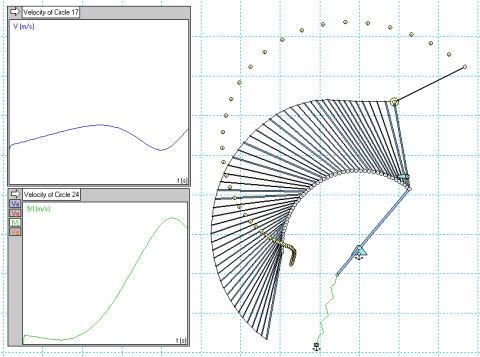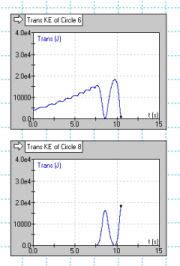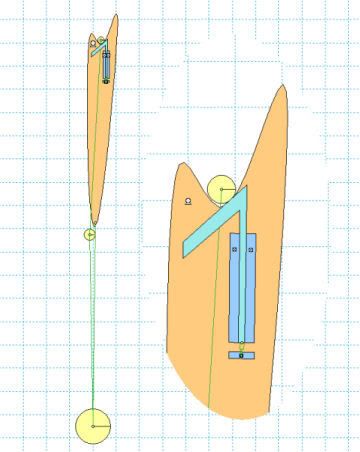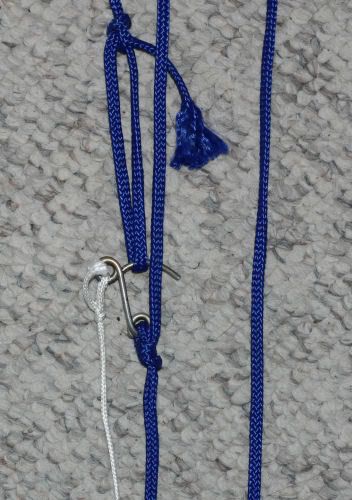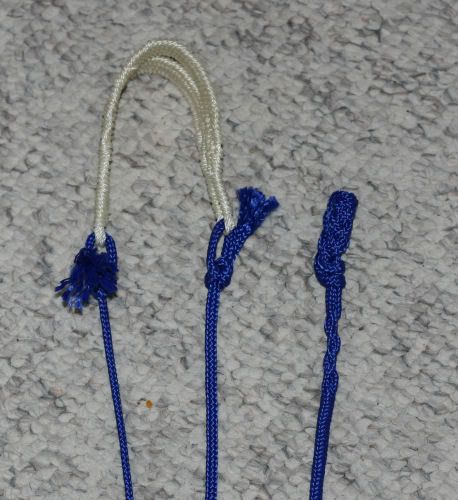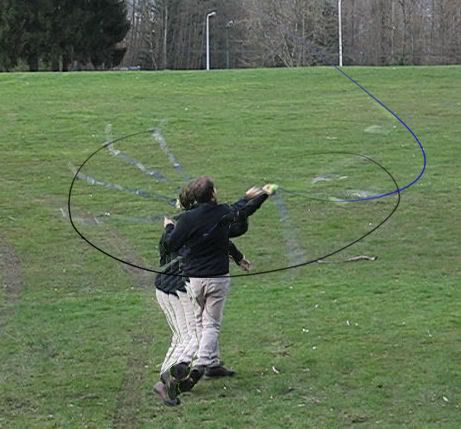Post by Matthias on Mar 24th, 2007 at 5:43pm
Ok, this is an idea that I've been kicking around for a couple of years, but have never managed a chance to really dedicate myself to figuring it out. I'm releasing it to everyone here at slinging.org with one request - anyone who tries this please post here describing your results.
Slinging is limited by both the strength of the thrower and the speed that they can move their arm. Take away air friction, and it becomes a strength-only problem, with a coordination limit - the reason you can't just helicopter your way up through the speed of sound (speed of sound if there was air, of course ::)) You can trade strength against speed - a sling lets you move your arm slower with more force while moving the projectile quickly. A bow works by a different principal, storing energy, but this is also true of a sling with a longer windup - rather than just have the length of your arm to apply the accerating force over, we have the opportunity to add energy over a longer period of time.
The drawing above shows a sling-variant that might allow the thrower to "bank" energy that becomes available at the moment of release. The sling is compound - basically a sling attached to the end of a second sling. A mass heavier than the glans is attached to the end of the primary, retained sling, while the secondary sling holds the projectile. The pouch starts out in the slingers hand, and at the appropriate moment in the throw, it is released to swing through a larger path centered on the booster mass. The release is made in a conventional manner, but at the end of a significantly longer sling. The acceleration of the pouch and glans transfers kinetic energy from the booster mass, whose speed is reduced to near zero at the instant of release.
At least that's the way I picture it working... There are a couple major problems to be solved, as well as some tuning issues:
- Controlling the cords - For the design to work, the release cord must either pass through a fairlead at the booster weight, or it needs to terminate there. If you think of the primary as a staff-sling, you can see the potential for a mechanical auto-release. This might be a good idea , as we'll see. Alternatively, the release could be manually triggered, as in a standard sling.
- Dropping the pouch - this is both a timing issue as well as a physical problem. Once the pouch is released, the slinger has very little control over it's path and speed. It is also hard to drop the pouch without allowing slack to enter the cords and possibly dumping the ammo. This is only an issue for the first split second, but it might limit the throwing styles that can be used.
- Ratios etc - the ratio of booster mass to glans should be an important variable. It should be possible to calculate an optimum relationship (while we're at it it might be nice to see if this idea even has wings) but you want the booster heavy enough that it can store and transfer enough energy to move the secondary around efficiently. Too light is definitely a problem, while too heavy, aside from strength/injury concerns, is less clear. At least double.
- Timing - is *critical*. The secondary sling is supposed to be moving pretty quickly through it's sequence (the whole of which essentially takes place during the power-phase a regular sling throw). Coupled with that is the general lack of feedback, due to the booster mass. While it is definitely possible to release this sling normally, I suspect that something that times itself might be more reliable.
I've built a couple, but never had the space or the time to put them through their paces. I don't know if it can be made to work, but I'm pretty optimistic. The few test throws that I've managed without dumping the glans sound fast. The secondary cords whistle in a way that puts your neck hairs up. That's with a gentle lob. Given a big empty field, a weekend and a couple of interested slingers, I think there is a good chance of making this work. A release mechanism that seems like it might have potential is to make the booster relatively long, so that it is pulled in line with the retention cord. A pin and socket type release is added to the end (I made my booster around a piece of 20cm long pipe). If the hole goes all the way through as with a tube, you can use the same booster while trying a manual release.
A figure-8 seems the natural throw to use with this to me, as the motion fits the release sequence, and it is a relatively safe throw, with an easy to time windup.
CAUTION: more than the usual disclaimers apply here. Until we have this thing figured out, you are working with a highly experimental, tempermental sling, with a heavier than normal retained mass, complex timing issues, and a difficult release. Did I mention that I'm expecting this to be very very fast? I don't know what the failure modes are. If the pouch doesn't release, where does it go? Right back at your head? Kneecaps? What happens to the booster if the glans falls out early? You now have a rapidly moving object tied to your pinky (please don't use a pinky-only grip with this one). How wide does your downrange safe-arc of fire cover (I highly suggest 360 degrees)
Apart from all that, I'd like to hear what you think.
Matthias
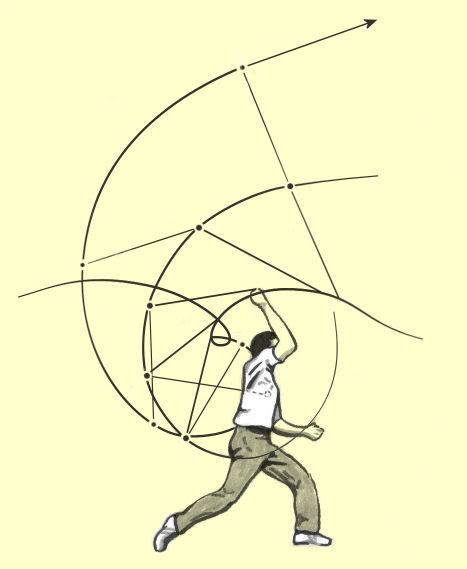

 https://slinging.org/forum/YaBB.pl?action=downloadfile;file=SlingSim.zip (13 KB | )
https://slinging.org/forum/YaBB.pl?action=downloadfile;file=SlingSim.zip (13 KB | )
